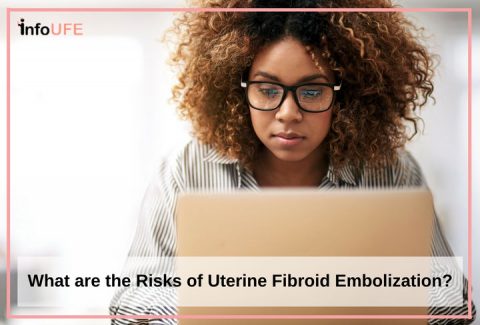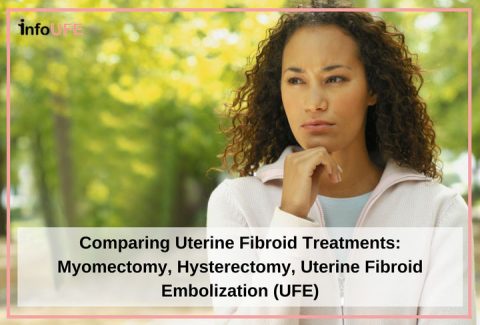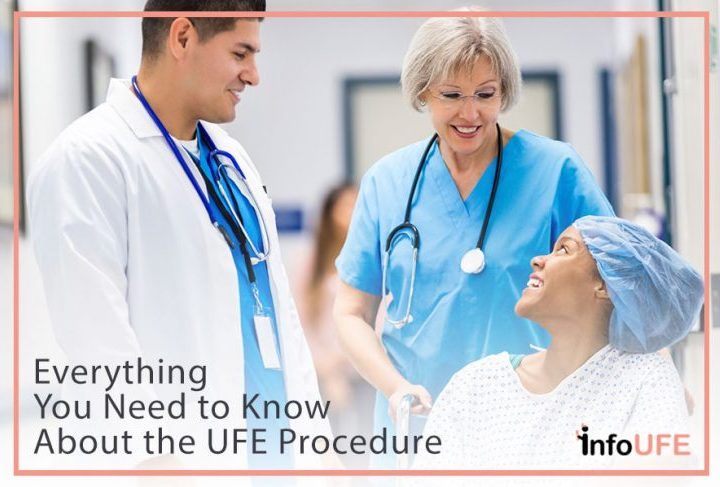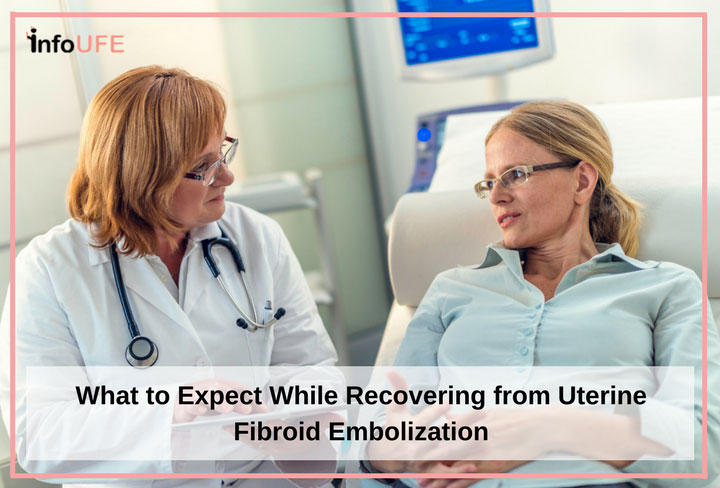
Today, more and more women are opting for the minimally invasive procedure known as uterine fibroid embolization (UFE) to treat their uterine fibroids. During this outpatient procedure, an interventional radiologist places a catheter into the femoral, or radial artery and injects small beads within the blood vessels supplying the fibroids, blocking the blood supply to the fibroids, causing them to shrink.
If you’re considering UFE, you probably want to know things like what the typical recovery time is and when you can expect to feel normal again. If you would like a fibroid treatment without surgery, then UFE may be a good option for you.
What You Can Expect After the Procedure
The First 12 Hours
This is likely to be the most challenging time during the entire UFE recovery process.
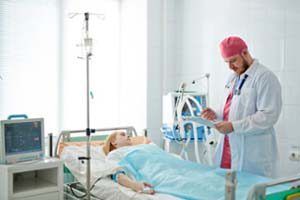 Immediately After – While in the recovery room, it is important to follow the instructions of the recovery room team. In particular, you may be instructed to lie flat to prevent bleeding from the catheterization site in your groin if the femoral artery was the site used to perform the UFE procedure.
Immediately After – While in the recovery room, it is important to follow the instructions of the recovery room team. In particular, you may be instructed to lie flat to prevent bleeding from the catheterization site in your groin if the femoral artery was the site used to perform the UFE procedure.
Pain – Pain is caused by uterine cramping and typically peaks during the first 2 – 6 hours after the procedure.[i] At this point, the pain medication you received during the procedure will be wearing off and you should be given medication to continue to manage the pain. The pain you may experience is related to the lack of blood flow to the fibroids because the artery supplying the fibroid has been blocked. Some women report experiencing nausea as well.
Going Home – After the first few hours, your symptoms can usually be managed at home. Because you have received sedating medications for the procedure and pain medication after the procedure, you will not be able to drive yourself home. When you leave, you will likely have only a small bandage over the nick in your groin or wrist.
The First 2 Weeks
 You’ll want to take it easy for the first week, limiting your physical activities, including work, to allow for a full recovery. By the second week of your recovery, you should be feeling much more normal. In fact, most women can return to normal activities in 8 – 14 days.[ii]
You’ll want to take it easy for the first week, limiting your physical activities, including work, to allow for a full recovery. By the second week of your recovery, you should be feeling much more normal. In fact, most women can return to normal activities in 8 – 14 days.[ii]
Pain – During your first full day at home, you should expect more, but milder, uterine cramping and fatigue. This will continue for the next 4 – 5 days.[ii]
Post-Embolization Syndrome – You may have some mild nausea and perhaps a low-grade fever that is thought to be caused by the release of chemicals from the treated uterine fibroids. These symptoms generally increase in the first 2 days, but most often will disappear within the first week.[iii]
Vaginal Discharge – Discharge is common and typically lessens within a few days.[ii] You should not have intercourse or put anything in your vagina, such as a tampon, for the first 2 weeks.
Fibroid Symptoms After UFE
 UFE is effective in treating uterine fibroids and you may notice improvement in your symptoms within the first 3 months.
UFE is effective in treating uterine fibroids and you may notice improvement in your symptoms within the first 3 months.
Symptoms Related to Size – Within 3 – 6 months after UFE, the uterus can shrink by almost a third.[iv] Up to 93% of women notice an improvement in size-related symptoms, such as pelvic pain or pressure.[v] New growth of fibroids has been found to be less in women 5 years after UFE compared to after myomectomy, a surgery to remove fibroids.[vi]
Bleeding Symptoms – It may take several months for your period to resume, but when it does, it is usually improved.[vii] This improvement in bleeding is still present 2 years after the procedure in 90% of women.[iv]
Overall Quality of Life – As a result of the decreased size of fibroids and the decrease in bleeding, most women have an improved quality of life after UFE. Based upon questionnaire answers, 5 years after UFE, many women report similar positive health related quality of life in comparison to women who undergo hysterectomy, a surgical procedure to completely remove the uterus, with or without the removal of the ovaries.[viii]
RELATED: The Risks of Uterine Fibroid Embolization
No procedure or surgery is without risks. You should discuss specific uterine fibroid embolization risks with an interventional radiologist.
Having a good sense of what you can expect while recovering from UFE can help you to decide if this minimally invasive approach to treating uterine fibroids is a good fit for your individual situation.
Sources:
i Firouznia, K., et al., Uterine artery embolization for treatment of symptomatic fibroids: a review of the evidence. Iran Red Cres Med J, 2013. 15(12): p. 1-6.
ii Khan, A.T., Shehmar, M., and Gupta, J.K., Uterine fibroids: current perspectives. Int J Womens Health, 2014. 6: p. 95-114.
iii http://www.mayoclinic.org/tests-procedures/uterine-artery-embolization/basics/what-you-can-expect/prc-20020425
iv Torre, A., et al., Uterine artery embolization for severe symptomatic fibroids: effects on fertility and symptoms. Hum Reprod, 2014. 29(3): p. 490-501. [v] Spies, J.B., Current evidence in uterine embolization for fibroids. Semin Intervent Radiol, 2013. 30(4): p. 340-346
vi Ananthakrishnan, G., et al., Randomized comparison of uterine artery embolization (UAE) with surgical treatment in patients with symptomatic uterine fibroids (REST trial): subanalysis of 5-year MRI findings. Cardiovasc Intervent Radiol, 2013. 36(3): p. 676-81.
vii http://www.mayoclinic.org/tests-procedures/uterine-artery-embolization/basics/results/prc-20020425
viii van der Kooij, S.M., et al., Uterine artery embolization vs hysterectomy in the treatment of symptomatic uterine fibroids: 5-year outcome from the randomized EMMY trial. Am J Obstet Gynecol, 2010. 203(2): p. 105 e1-13
